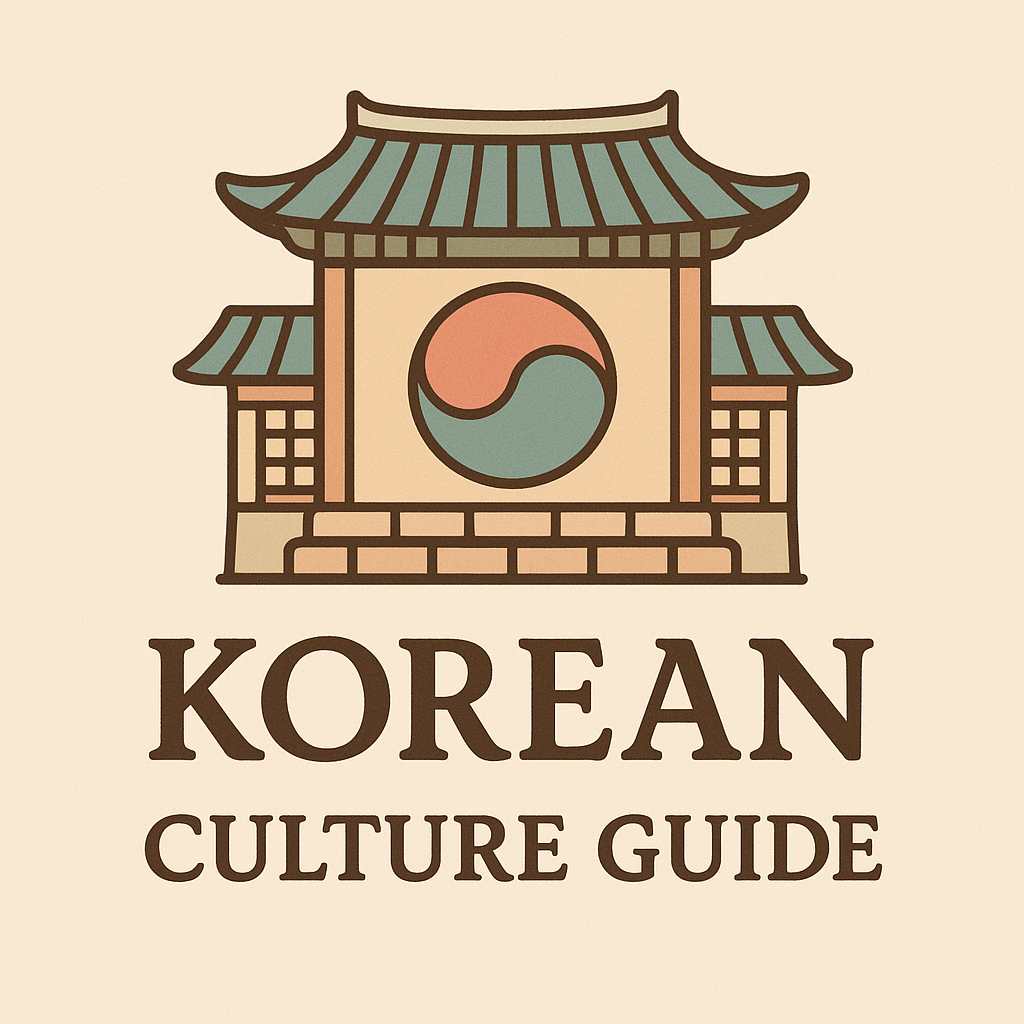-
contents
Korean lantern festivals are far more than beautiful displays of light—they are centuries-old cultural rituals that blend religion, community, healing, and history. Whether honoring Buddha’s birth or remembering national tragedies, these glowing events have long served as emotional beacons and communal ceremonies. Lanterns don’t just illuminate the night sky—they brighten hearts, connect generations, and offer hope.
In this article, we explore the deeper meaning behind Korean lantern festivals, the stories they tell, and why these glowing traditions continue to shine so brightly in the modern world.
The Origins of Korean Lantern Festivals: A Light for the Buddha
Korea’s most iconic lantern celebration is Yeondeunghoe (연등회), or the Lotus Lantern Festival, held each spring to commemorate Buddha’s birthday. This tradition dates back over a thousand years to the Silla Dynasty and has been recognized by UNESCO as an Intangible Cultural Heritage.
In Buddhist belief, lanterns symbolize the light of wisdom and compassion that dispels the darkness of ignorance. Lighting a lantern is not just a ritual—it’s a prayer. Participants write wishes on the lanterns or carry them in parades through temple streets, hoping for health, happiness, and peace in their lives.
The Symbolism Behind the Lanterns: More Than Decoration
Though visually stunning, Korean lanterns are deeply symbolic. The lotus flower, a frequent motif, represents purity and enlightenment rising from the muddy waters of life. Hanging colorful lanterns in homes, temples, and public squares becomes an act of spiritual reflection and intention.
Each lantern also carries personal meaning. For some, it’s a tribute to ancestors; for others, a wish for a better future. In this way, lantern festivals transform public space into shared emotional territory—each light a silent story flickering in the night.
Yeondeunghoe: Korea’s UNESCO-Listed Lantern Parade
The Lotus Lantern Festival in Seoul is a multi-day celebration featuring street parades, lantern-making workshops, traditional performances, and a grand display of massive, illuminated sculptures. Monks, children, tourists, and families all participate side by side, holding lanterns shaped like lotus flowers, dragons, or bodhisattvas.
The final parade is a breathtaking river of light that flows through the heart of the city. But the festival is not just spectacle—it’s community. The shared experience of walking together in candlelit silence builds emotional connections and reminds people that light, even symbolic, is something we must carry for one another.
Lanterns in Mourning: A Light in Darker Times
Lanterns in Korea are not only used for celebration—they also help communities grieve. After national tragedies such as the Sewol Ferry disaster, candlelight vigils and floating lantern ceremonies became ways for people to mourn collectively. Thousands of lights lit up rivers and city squares, each one a symbol of remembrance, sadness, and hope for change.
These moments show the emotional power of light. In silence, with only flickering flames as expression, Koreans have used lanterns to say what words could not. The lantern, in these contexts, becomes a vessel for collective healing.

Modern Revival: Why Lantern Festivals Still Matter Today
In recent decades, there has been a renewed interest in lantern festivals—not only for religious reasons, but also as a cultural celebration. Schools, local governments, and even corporations sponsor lantern events to promote community and cultural pride. Tourists from around the world now attend festivals in cities like Seoul, Busan, and Gyeongju.
Younger generations, once thought to be disconnected from traditional practices, now find new meaning in lantern-making. For them, it’s a way to reconnect with heritage, express creativity, or simply pause from digital life and focus on something real, quiet, and beautiful.
Lighting the Inner World: The Emotional Power of Lanterns
What makes Korean lantern festivals so special is not just their beauty, but how they make people feel. The simple act of lighting a lantern becomes a way to slow down, reflect, and reconnect—with oneself, with others, with the past.
Even for those outside of Buddhism or Korean culture, the lantern serves as a universal symbol: hope in darkness, peace in chaos, remembrance in loss. As night falls, and thousands of lanterns rise or glow softly in unison, something unspoken is shared. That’s why Korean lantern festivals don’t just light up the night—they light up the soul.
'culture' 카테고리의 다른 글
K_Culture Guide
Korea Vibes Blog shares real stories, cultural insights, and travel tips from Korea. Discover what makes Korean life so unique.
